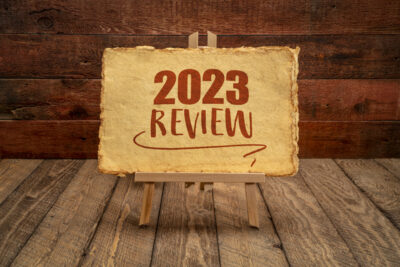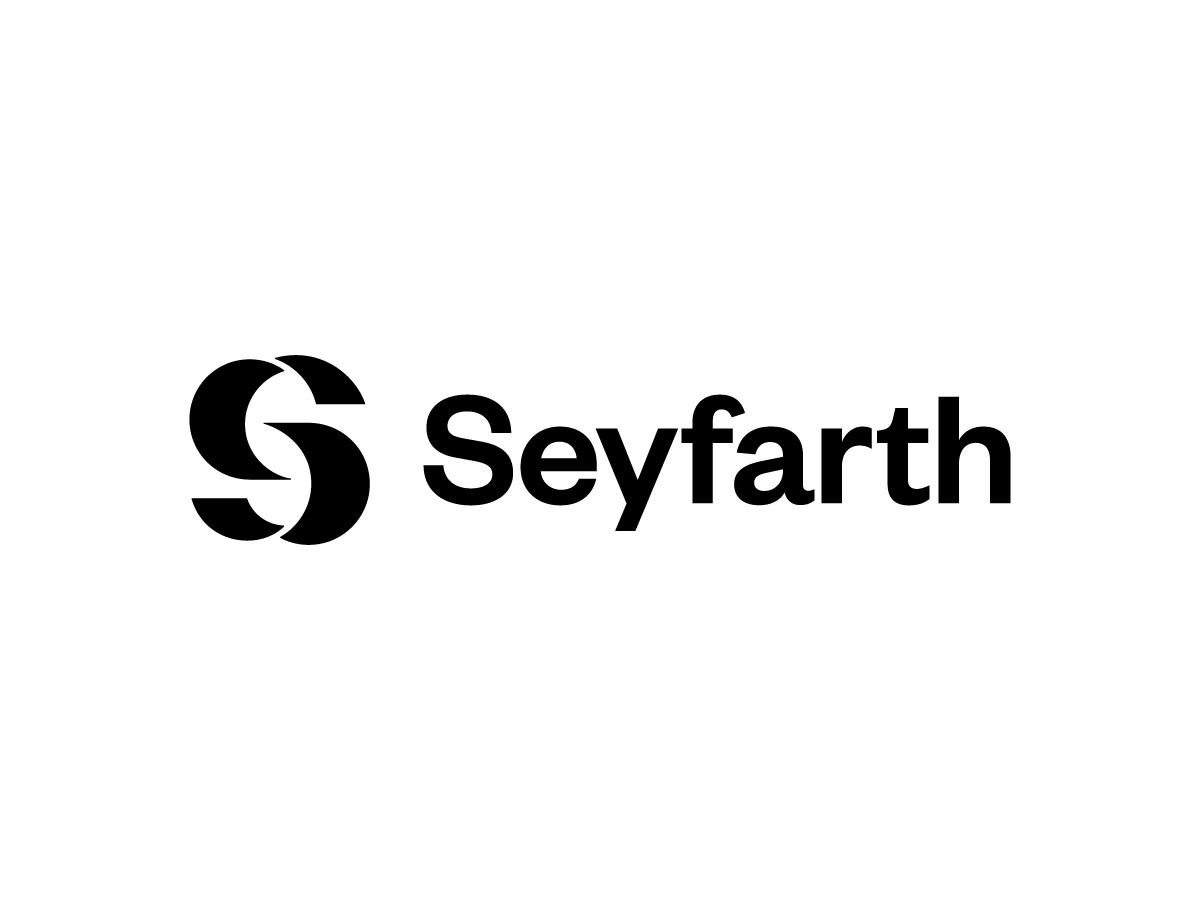Federal Circuit IP Appeals: Summaries of Key 2023 Decisions (8th Edition): Amgen Inc. v. Sanofi, 598 U.S. 594 (2023) | Sterne, Kessler, Goldstein & Fox P.L.L.C.
The Supreme Court’s lone patent case from last term does not break new ground on enablement law. The Court’s core holdings—that a patent specification must enable the full scope of the claimed invention and therefore that “[t]he more one claims, the more one must enable”—are consistent with the enablement principles that the Supreme Court and Federal Circuit have applied for decades.
Amgen claimed a genus of antibodies defined by a binding function and a blocking function. While the claimed genus spanned potentially millions of antibodies, the specification identified only 26 such antibodies by amino-acid sequence and then described two methods through which skilled artisans could purportedly identify other antibodies with the same binding and blocking functions. After a district court issued judgment as a matter of law that those genus claims were invalid for lack of enablement under 35 U.S.C. § 112, Amgen appealed to the Federal Circuit. The Federal Circuit affirmed the district court’s decision and denied rehearing en banc, rejecting Amgen’s assertions that the Federal Circuit had “created a new test for enablement.”
The Federal Circuit has employed eight Wands factors to assess enablement since the eponymous opinion, In re Wands, issued in 1988. The Federal Circuit uses the Wands factors as “factual considerations” in assessing whether making and using a claimed invention requires “undue experimentation” such that it is not enabled as a matter of law under § 112. Those factors are (1) the quantity of experimentation necessary; (2) the amount of direction or guidance presented; (3) the presence or absence of working examples; (4) the nature of the invention; (5) the state of the prior art; (6) the relative skill of those in the art; (7) the predictability or unpredictability of the art; and (8) the breadth of the claims. The Federal Circuit applied the Wands factors to the claims in Amgen and concluded that they were not enabled because they required “undue experimentation.”
A unanimous Supreme Court affirmed. The Court’s opinion does not discuss the Wands factors or mention the “undue experimentation” standard. The Court did appear to approve of the substance of the Federal Circuit’s enablement analysis, but it did so through the lens of three ancient Supreme Court opinions—O’Reilly v. Morse, 56 U.S. (15 How.) 62 (1854); The Incandescent Lamp Patent, 159 U.S. 465 (1895); and Holland Furniture Co. v. Perkins Glue Co., 277 U.S. 245 (1928). Morse invalidated a claim “cover[ing] all means of achieving telegraphic communication” without “describ[ing] how to make and use them all.” Incandescent Lamp considered a similarly “broad claim” to an electric lamp with a conductor of “carbonized fibrous or textile material” that purportedly covered Thomas Edison’s commercially successful lamp, which used a bamboo-filament conductor. The Court invalidated the claim because most materials falling within the plain language of the claim failed to render operable lamps, and it was “[o]nly through painstaking experimentation” that Edison discovered the benefits of using bamboo. And Holland Furniture invalidated a claim to a “starch glue” with “substantially the same properties as animal glue” because it impermissibly required skilled artisans to perform “elaborate experimentation” to determine which starches would produce such glues. The Court likened Amgen’s broad claims to those in Morse, Incandescent Lamp, and Holland Furniture, explaining that Amgen’s patent also required skilled artisans to engage in extensive experimentation to make and use other antibodies falling within the scope of the claims.
While the Court did not mention the Wands factors by name, the Amgen Court’s analysis did reflect application of those factors in substance. For example, along the lines of Wands factors (4)–(7), the Court observed that antibody science is an “unpredictable” art where the knowledge and skill required to enable the claims as described in Amgen’s patent specification will “get a Nobel Prize for somebody at some point” but is “not [yet] possible” “[d]espite recent advances” in antibody design. The Court then seemingly paid homage to Wands factor (8) when, after comparing the claims to the one at issue in Incandescent Lamp, it concluded that that Amgen’s claims “[m]ore nearly” amount to “a hunting license” than an enabled invention. And, echoing Wands factors (1)–(3) but referring to its three historic precedents, the Court criticized the claims and specification as “seek[ing] . . . sovereignty over an entire kingdom” of “potentially millions of antibodies” while describing only 26 working examples and “requir[ing] . . . little more than a trial-and-error process of discovery.”
The Court also appears to agree with the Federal Circuit’s “undue experimentation” standard, even though it did not mention that standard by name either. The Court quoted Incandescent Lamp and Holland Furniture for the proposition that patent claims are not enabled if they require “painstaking” or “elaborate” experimentation. Amgen’s claims, the Court held, required just that sort of “painstaking” experimentation and were thus invalid under § 112.
This article appeared in the Federal Circuit IP Appeals: Summaries of Key 2023 Decision report.






